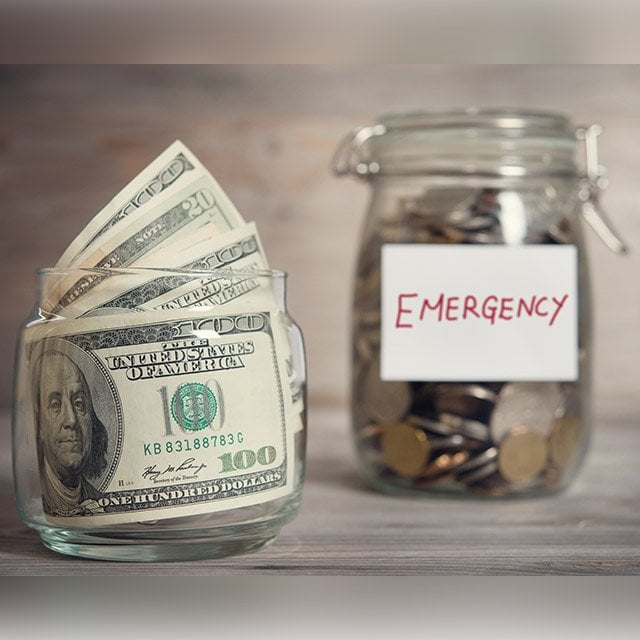Americans Grow More Committed to Emergency Savings: Survey

Overall, 52% of respondents say they’ve had an emergency fund for more than two years, while 19% have had a fund open for between one and two years. Some 6% started saving for emergencies within the past three months, leaving 23% who started between four and 11 months ago.
Among the 37% of respondents who don’t have an emergency fund, 86% said that they don’t have extra money to set aside.
“Although this reflects their financial reality and feelings of financial instability, there’s an opportunity for employers to provide education on the basics of emergency funds,” the report suggests. “For example, 12% of employees don’t know how to create an emergency fund, and 4% don’t think they need one.”
Fully 54% of respondents say they have previously tapped their retirement account for emergency financial needs — even though 63% reported that they have emergency savings.
“This tells us that workers’ current emergency savings might not be sufficient, or that they may be unaware of the consequences of early retirement account withdrawals,” the report warns. “We always recommend having at least six months of expenses saved for a solid financial safety net. That may not be possible for everyone, but saving as much as you can, even if it’s only a small amount of each paycheck, is important to help mitigate the need to use retirement savings.”
Money In and Money Out
Overall, 47% of respondents say they have had to use funds from their emergency savings account within the past 12 months.
The most common expense paid with emergency funds is rent or bills, cited by 40%. Next come home or car repairs (37%), medical expenses (31%), paying for living expenses during temporary unemployment (20%), and supporting a friend or relative financially (18%).
Less commonly cited expenses include discretionary spending (14%), education costs (12%), down payments on a house or car (12%), vacations (12%), and paying down student loan debt (11%).
Millennials, at 53%, were the most likely to have tapped their emergency fund in the past 12 months, while baby boomers, at 35%, were the least likely. Those with student debt were almost twice as likely (62%) as those without student debt (37%) to have tapped their emergency fund.




